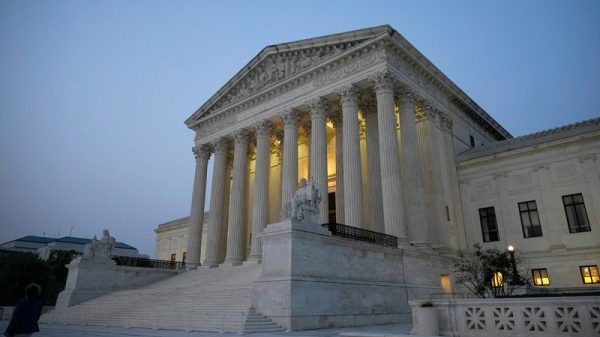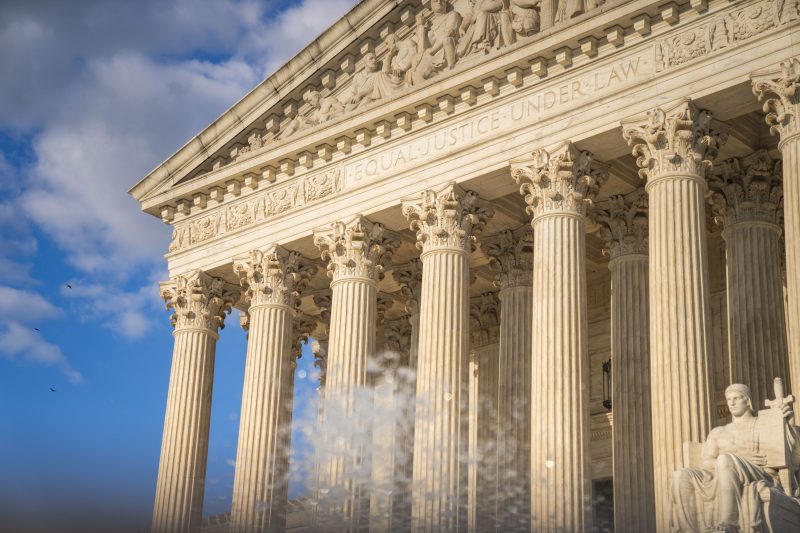In a recent poll conducted by Godzillanewz, it was revealed that a majority of Americans are in favor of implementing term limits for Supreme Court justices, while opposing the idea of adding more justices to the Court. These results shed light on the public’s perspective on the composition and functioning of the highest court in the United States.
The issue of term limits for Supreme Court justices has gained traction in recent years, with concerns raised about lifetime appointments leading to potential biases and outdated perspectives among the justices. The poll showed that a significant 63% of respondents support the implementation of term limits, which would restrict justices to serving a set number of years on the bench. This proposed reform aims to ensure a more dynamic and diverse judiciary, with turnover that could better reflect the evolving values and demographics of the country.
On the other hand, the idea of expanding the number of justices on the Supreme Court did not garner as much support among Americans. Only 40% of those surveyed were in favor of increasing the number of justices, while a notable majority of 57% opposed such a move. The debate over court packing has been a contentious topic, with proponents arguing that it could help balance the ideological scales of the Court, while opponents express concerns about politicizing the judiciary and eroding its independence.
The polling data also revealed interesting trends based on political affiliation. Unsurprisingly, there were significant partisan divides in the responses, with Democrats more supportive of both term limits and expanding the Court compared to Republicans. Independents fell somewhere in between, showing a more nuanced perspective on these proposed reforms.
Overall, the poll results indicate that Americans are open to reevaluating the structure and functioning of the Supreme Court. While there is broad support for implementing term limits to ensure a more dynamic judiciary, the idea of adding more justices is met with more skepticism. As discussions around these reforms continue, it will be crucial to consider the diverse perspectives and priorities of the American public in shaping the future of the nation’s highest court.


































